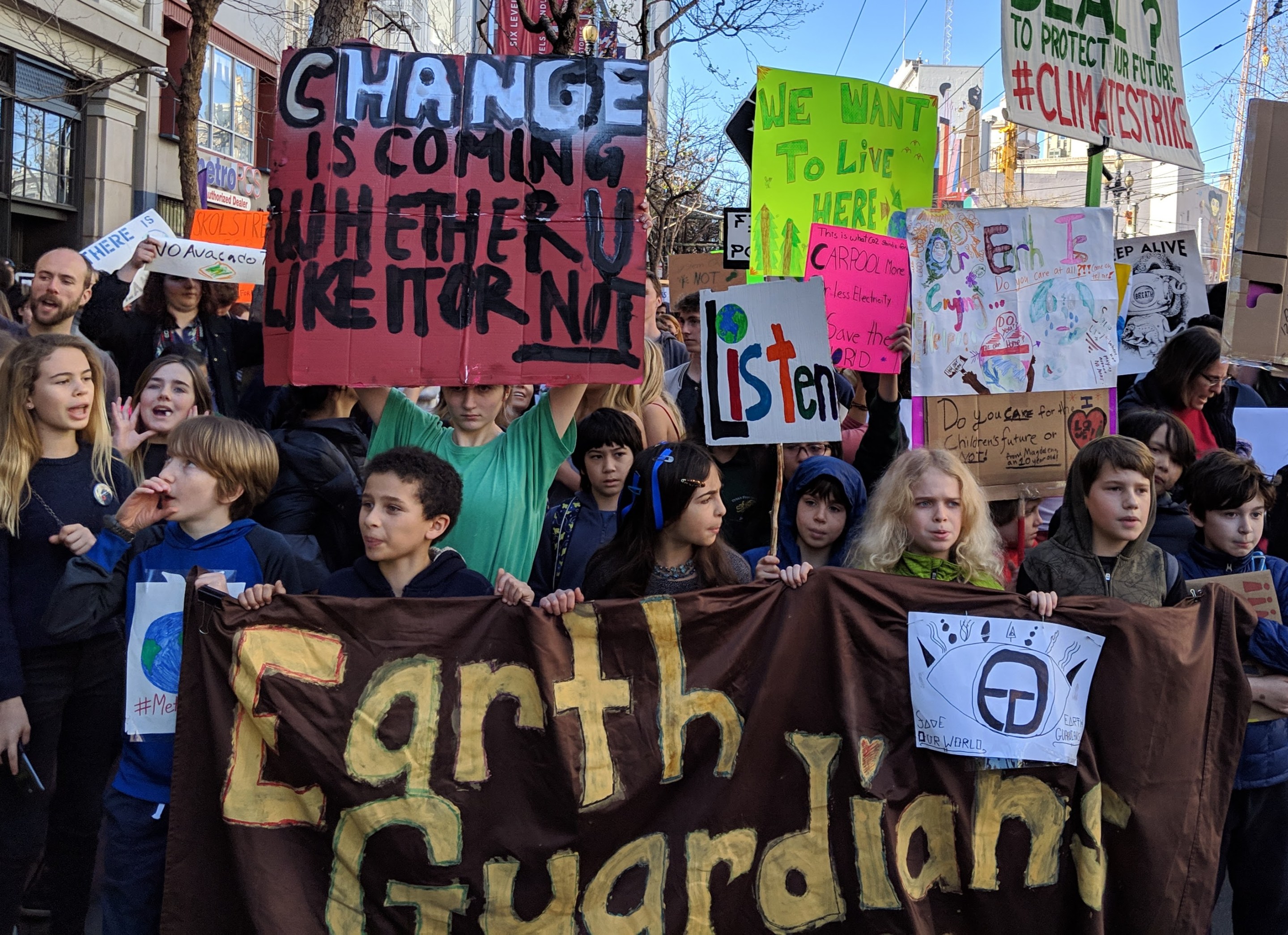Governor Gavin Newsom signed an executive order aligning transportation funding with climate goals - and appointed Tamika Butler and Hilary Norton to the California Transportation Commission.
In anticipation of Climate Week, and on the same day students across the nation are marching for action on the climate, Newsom ordered the California State Transportation Agency to its direct investments in ways that decrease fuel consumption and reduce greenhouse gas emissions.
He also filled two empty slots on the California Transportation Commission with people who will represent communities that have largely been left out of the process of deciding how the state should spend its transportation funding.
Tamika Butler, former Executive Director of the Los Angeles Bicycle Coalition and currently Director of Equity and Inclusion at Toole Design Group, is well known to many Streetsblog readers for her important work in building a more inclusive mobility space and in centering the needs of some of our most vulnerable street users. Along the way, we have had the privilege of bearing witness to her frank, clear, and challenging discussions regarding the need to examine the biases within our guiding frameworks and learned much about what it really means to plan for everybody.
Butler will bring a much-needed new perspective to the commission's work.
Newsom also appointed Hilary Norton, who runs FAST (Fixing Angelenos Stuck in Traffic) in Los Angeles. Norton has worked with various stakeholders, including many business groups, to rally support for a broad range of transportation choices for southern Californians.
At the same time, the governor ordered the California State Transportation Agency (CalSTA) to focus the state's transportation investments "toward construction, operations and maintenance to help reverse the trend of increased fuel consumption and reduce greenhouse gas emissions associated with the transportation sector."
Further,
CalSTA, in consultation with the Department of Finance, is also directed to align transportation spending, programming and mitigation with the state’s climate goals to achieve the objectives of the state’s Climate Change Scoping Plan, where feasible.
Specifically the Governor is ordering a focus for transportation investments near housing, and on managing congestion through innovative strategies that encourage alternatives to driving.
This could be huge.
Caltrans and the California Transportation Commission, which are overseen by CalSTA, have for many years focused their resources and energy on facilitating car traffic - by building and expanding highways. This has resulted in cars dominating both local and long-distance transportation. It has led to costly and deadly continuous highway widening, with claims that more lanes will "reduce traffic," and an aggressive fight against common-sense legislation like the Complete Streets bill. It has also meant much less investment in transit and active transportation modes compared to billions and billions for cars, even though these active green modes are more likely to help the state reduce emissions and congestion.
The executive order also
- Calls on the Department of Finance to measure climate risk across all state investments, including retirement funds, focusing on carbon-neutral and climate resilient technologies
- Directs the Department of Government Services to find ways to lower emissions and mitigate climate risk from all the state's assets, including buildings and vehicles
- Directs the Air Resources Board to further encourage the development, adoption, and use of zero emission vehicles
At the same time, Newsom signed two bills aimed at further reducing emissions reductions from vehicles.
S.B. 210, from Senator Connie Leyva (D-Chino), will require a "smog check" for heavy-duty diesel trucks. Readers probably didn't know that there is no requirement for them, similar to the smog check process every car owner must complete in order to register their vehicle? Well, now there is.
S.B. 44 from Senator Nancy Skinner (D-Berkeley) calls for the ARB to "create a comprehensive plan for reducing greenhouse gas emissions from medium and heavy-duty vehicles."
While these trucks make up only a small portion - four percent - of the total number of vehicles on California's roads, they account for twenty percent of the greenhouse gas emissions from the transportation sector.
This all seems overdue, and exciting. Congratulations to Butler and Norton, and to advocates for equitable, sustainable, clean transportation throughout California!






